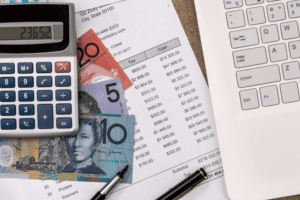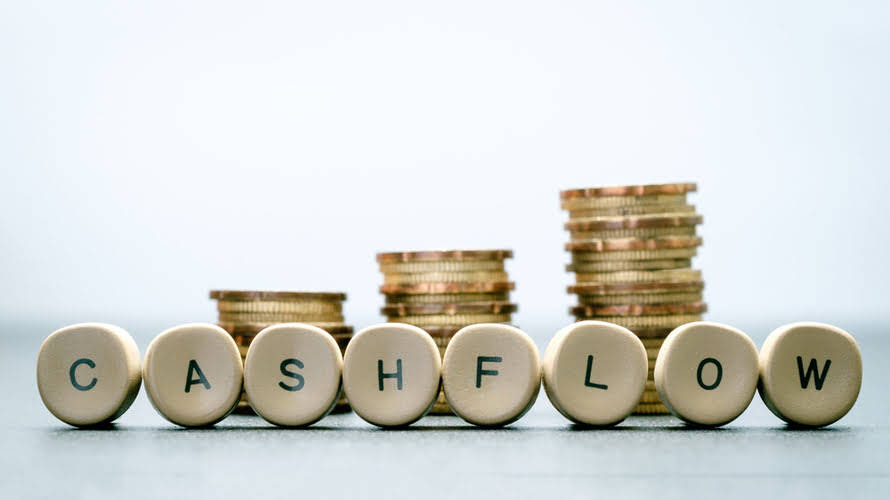You might think of a bond as an IOU issued by a corporation and purchased by an investor for cash. The corporation issuing the bond is borrowing money from an investor who becomes a lender and bondholder. However, some bonds, such as municipal bonds, may be exempt from federal and state taxes. Understanding the tax implications of your bond investments is crucial for effective wealth management.
What Is the Effective Interest Method of Amortization?
The constant yield method amortizes the bond premium by multiplying the purchase price by the yield to maturity at issuance and then subtracting the coupon interest. Notice that under both methods of amortization, the book value at the time the bonds were issued ($104,100) moves toward the bond’s maturity value of $100,000. The reason is that the bond premium of $4,100 is being amortized to interest expense over the life of the bond.
Amortizing Bond Premium With the Constant Yield Method
Interest expense is calculated as the effective-interest rate times the bond’s carrying value for each period. The amount of amortization is the difference between the cash paid for interest and the calculated amount of bond interest expense. Let’s assume that just prior to selling the bond on January 1, the market interest rate for this bond drops to 8%.
Bond Amortization Schedule – Effective Interest Method
- A bond is valued at the present value of its future cash flows (i.e. coupon payments and the par value) determined based on the market interest rate.
- In our example, the bond premium of $4,100 must be reduced to $0 during the bond’s 5-year life.
- Other factors such as credit rating, issuer’s financial health, and market conditions should also be considered before making investment decisions.
- Over the life of the bond, the balance in the account Premium on Bonds Payable must be reduced to $0.
- This procedure ensures that after the discount or premium is fully amortized, the investment account will reflect the bond’s maturity value.
- The preferred method for amortizing the bond premium is the effective interest rate method or the effective interest method.
Alternatively, the bond’s carrying value on 1 July 2020 is equal to the unamortized discount of $6,516. Finally, the unamortized discount of $6,516 on 1 July 2020 in Column 5 is equal to the original discount of $7,024, less the amortized discount bond premium amortization schedule of $508. The bond’s carrying value in Column 6 is thus increased by $508, from $92,976 to $93,484. Over the life of the bond, this percentage interest rate continues to decrease until 2 January 2025, when it reaches 6.7% (or $6,702 / $99,294).
One of the biggest misconceptions surrounding amortizing discounts and premiums is that they should never be negative. This is not the case; however, you must follow certain guidelines when it comes to reporting negative amounts on your balance sheet if you choose to take them into account in determining net income. Accountants can use either the straight-line method or the effective interest method to amortize the bond discount or premium. Let’s delve into the nitty-gritty of amortization schedules, break down the mathematics behind them, and explore real-world examples in the subsequent sections of this blog.
The entries for 2023, including the entry to record the bond issuance, are shown next. As illustrated, the $1,007,000, 5-year, 12% bonds issued to yield 14% were sold at a price of $92,976, or at a discount of $7,024. The table below shows how this discount is amortized using the effective interest method over the life of the bond. When we issue a bond at a premium, we are selling the bond for more than it is worth.
Effective Interest Method of Amortization
The effective interest rate calculation is commonly used in relation to the bond market. The calculation provides the real interest rate returned in a given period, based on the actual book value of a financial instrument at the beginning of the period. If the book value of the investment declines, then the interest earned will decline as well. Par value, in turn, is simply another term for the bond’s face value, or the stated value of the bond at the time of issuance.
Constant Yield Method
- Alternatively, the bond’s carrying value on 1 July 2020 is equal to the unamortized discount of $6,516.
- A financial professional will offer guidance based on the information provided and offer a no-obligation call to better understand your situation.
- The constant yield method is the most commonly used method for calculating amortizable bond premiums.
- In order to calculate the premium amortization, you must determine the yield to maturity (YTM) of a bond.
- By learning from real-life examples and case studies, investors can develop a comprehensive understanding of amortizable bond premium and its role in successful wealth management strategies.
- For the year of purchase and the year of sale or maturity, you have to account for a partial year, multiplying the monthly amount by the number of months during the year that you actually owned the bond.
- Such insight is invaluable for those aiming to master the intricacies of bond investment.
In the premium example, the same conceptual problem occurs, except that the percentage rate continuously increases as the carrying value of the bond decreases from $107,722 to $100,000. The interest expense based on straight-line amortization for the period between 2 January 2020 and 1 July 2020 is $6,702. Therefore, the interest rate is constant over the term of the bond, but the actual interest expense changes as the carrying value of the bond changes. This equals $4.14 ($240 + 58 months — $4.14) per month, and 4 months’ amortization from 1 March 2020 to 1 July 2020 is $16.56 ($4.14 x 4). Regardless of the method that you apply as an accountant, the discount is amortized by debiting the Investment in Bonds account. Unlike the real interest rate, the effective interest rate does not take inflation into account.
Suppose, for example, a business issued 10% 2-year bonds payable with a par value of 250,000 and semi-annual payments, in return for cash of 241,337 representing a market rate of 12%. Suppose, for example, a business issued 10% 2-year bonds payable with a par value of 250,000 https://www.bookstime.com/ and semi-annual payments, in return for cash of 259,075 representing a market rate of 8%. In our example, there is no accrued interest at the issue date of the bonds and at the end of each accounting year because the bonds pay interest on June 30 and December 31.
How to use the straight-line method Calculating bond premium amortization using the straight-line method couldn’t be simpler. First, calculate the bond premium by subtracting the face value of the bond from what you paid for it. Then, figure out how many months are left before the bond matures and divide the bond premium by the number of months remaining. A bond premium occurs when the price of the bond has increased in the secondary market due to a drop in market interest rates. A bond sold at a premium to par has a market price that is above the face value amount. The amortizable bond premium is a tax term that refers to the excess price paid for a bond over and above its face value.






